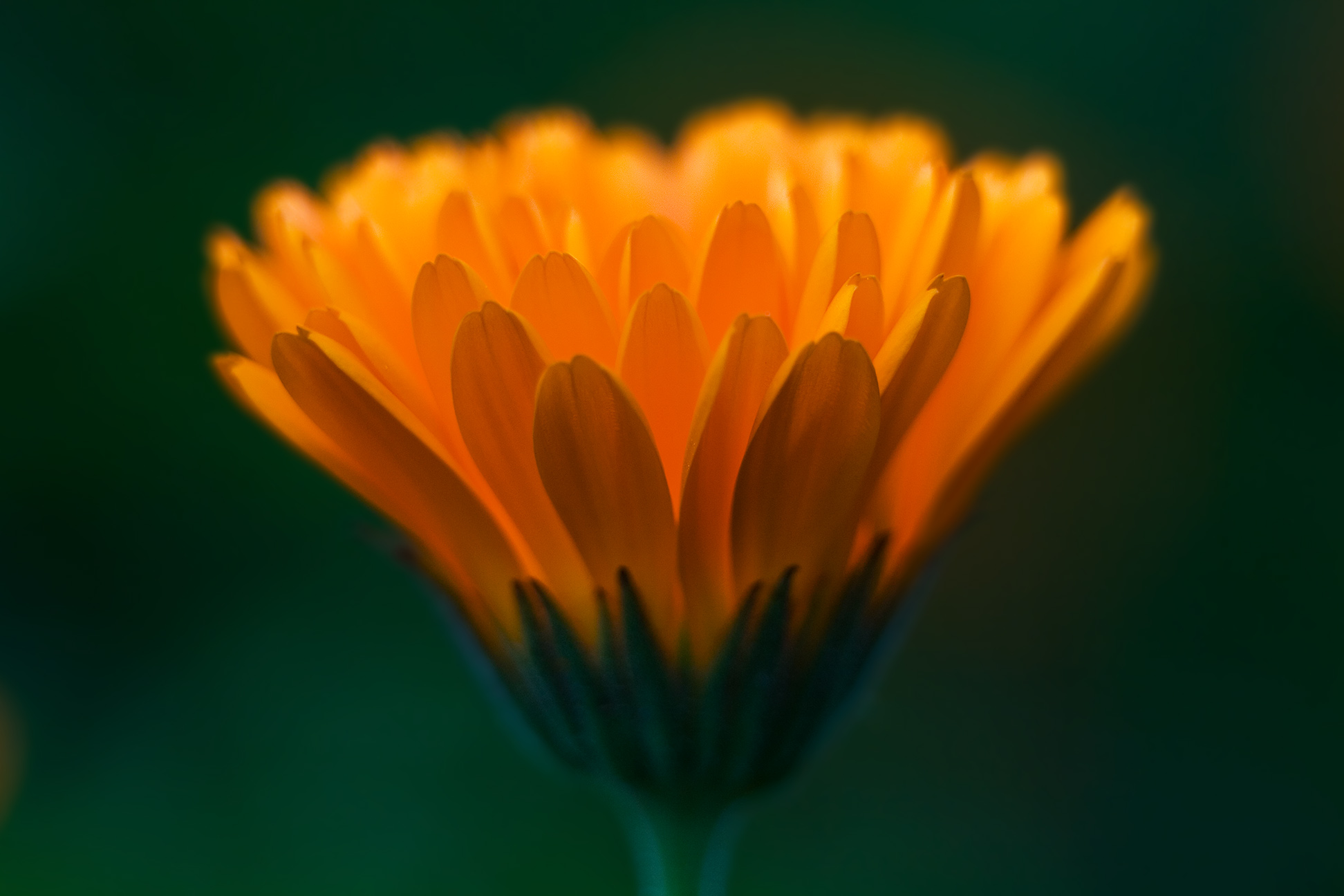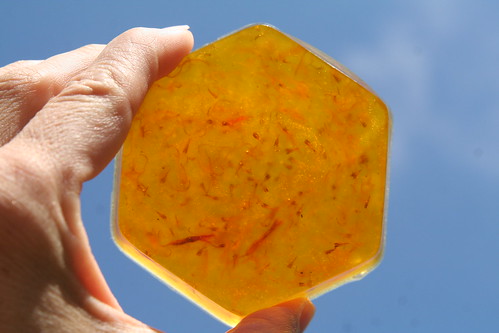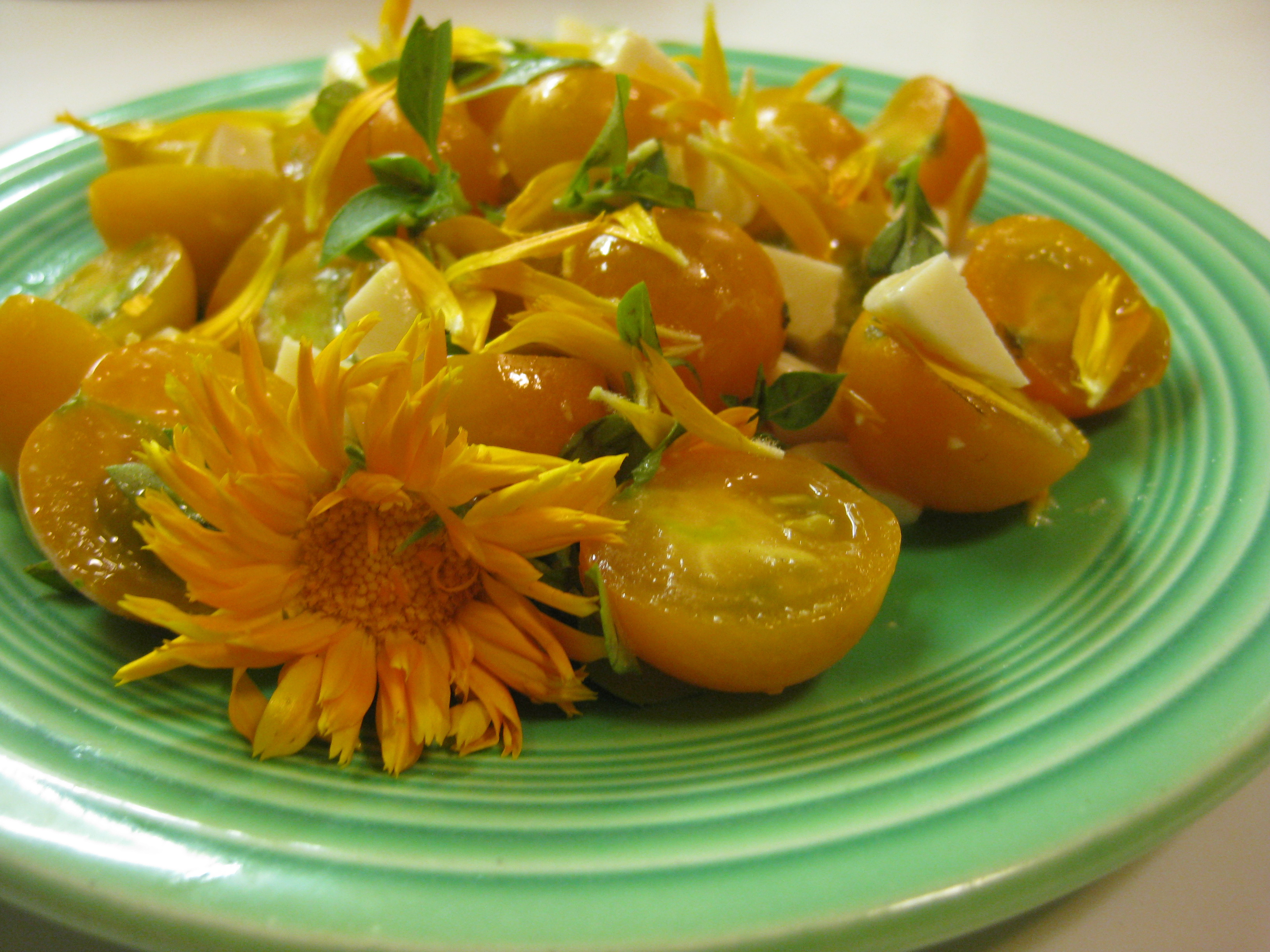Yes, that's right, it's coming. Crockpot Season, otherwise known to some people as Autumn. I just love my big red crock pot and use it pretty regularly in the cooler/colder seasons. I generally prefer not to have appliances sitting out on the counters- it's just a funny thing with me. I put away the toaster, the coffee pot, the mixer, cutting boards, spoon rests- any and all appliances. No wooden knife blocks or canisters. I do have a really neat Ulu in a stand from Alaska, but that's it. But when the temperatures fall, there are stretches of several days when my crock pot never gets put away. We just wash it and let it live on the counter because it's going to be called into duty very shortly. The unspoken expectation around our house is that whichever one of us gets home first starts dinner. Since we both have a 45-minute commute (in opposite directions), we don't usually all show up at the house together until 6:00pm or later. Don't feel like cooking because there are still chores, homework, and Doctor Who episodes on Netflix to get through before bedtime. So crockpot to the rescue! And this recipe has all the hallmarks of becoming classic comfort food at our house.
I found this recipe on Pinterest but it comes from the blog We Pass The Time of Day To Forget How Time Passes, who found it at 365 Days of Slow Cooking, where you can find a stove top version of the recipe. So here we go-
Tomato, Basil, & Parmesan Soup
2 (14 oz) cans diced tomatoes, with juice
1 cup finely diced celery
1 cup finely diced carrots
1 cup finely diced onions
1 tsp dried oregano or 1 T fresh oregano
1 T dried basil or 1/4 cup fresh basil
4 cups chicken broth
½ bay leaf
½ cup flour
1 cup Parmesan cheese
½ cup butter
2 cups half and half, warmed*
1 tsp salt
¼ tsp black pepper
1. Add tomatoes, celery, carrots, chicken broth, onions, oregano, basil, and bay leaf to a large slow cooker.
2. Cover and cook on LOW for 5-7 hours, until flavors are blended and vegetables are soft.
3. About 30 minutes before serving prepare a roux. Melt butter over low heat in a skillet and add flour. Stir constantly with a whisk for 5-7 minutes. Slowly stir in 1 cup hot soup. Add another 3 cups and stir until smooth. Add all back into the slow cooker. Stir and add the Parmesan cheese, warmed half and half, salt and pepper. Add additional basil and oregano if needed (the slow cooker does a number on spices and they get bland over time, so don't be afraid to always season to taste at the end). **
4. Cover and cook on LOW for another 30 minutes or so until ready to serve.
* The recipe I got has a note that maybe 1 1/2 cups of Half & Half is enough but, nah...
** I actually like to add most of my spices maybe 30 minutes before serving for this very reason. And fresh trumps dried every time.
This is one of those soups that is wonderful with a hearty, whole grain bread along side. We have found that buttered Salt-Rising Bread goes exceptionally well with it also. It also goes well with chenille socks (stay-at-home-socks), fleece jammies, a snugly fur blanket, and
In closing, our butterfly for today comes from Tony at Northrup Photography. This beauty is called a Banded Orange Heliconians (Dryadula phaetusa). It is also called an Orange Tiger Butterfly or simply a Banded Orange. The sole representative of its genus (Drysdula), the Banded Orange Heliconian is native from Brazil to central Mexico, and in summer it can be found rarely as far north as central Kansas.
Thanks for visiting--- see ya again.




























.jpg)